Recline of Abandoned Temples [Day: 02]
A successful trip on day one exploring the unusual place accompanied by glorious weather was a day to be cherished. It was day two to The Land of Red Soil and the places in my list was far from Purulia town. As I mentioned earlier, Purulia’s existence can be found in the 5th century and was one of the 16 Mahajanapadas of Jain religion. The classical architectures of Jaina temple reflect its royal history.
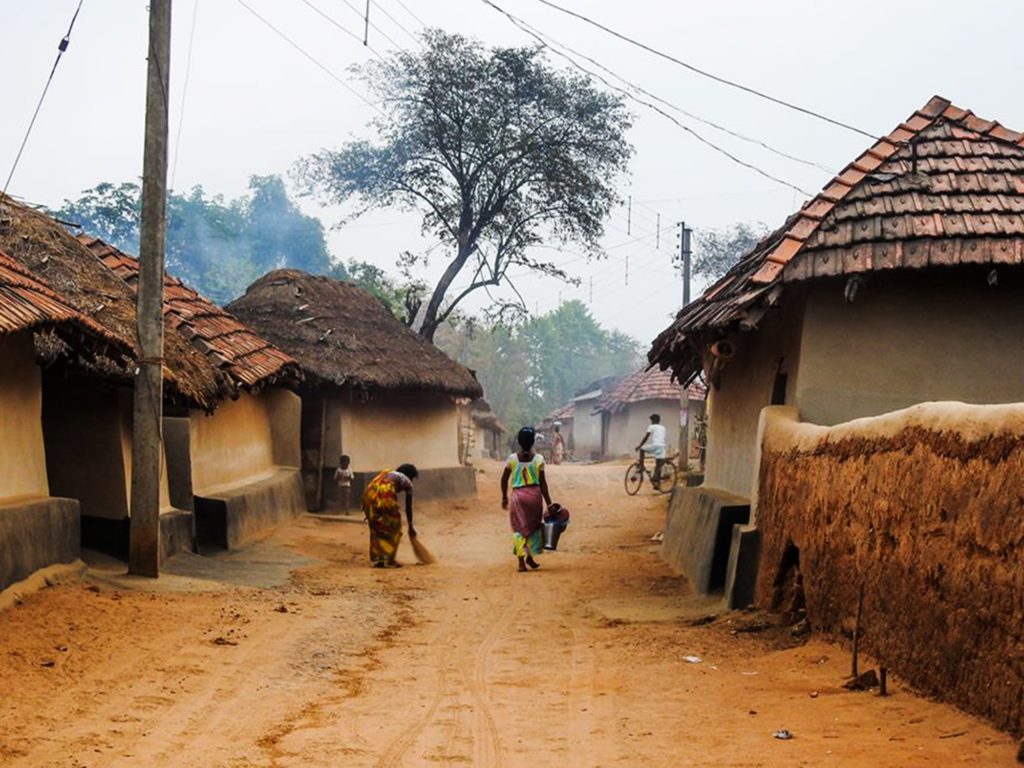
It is a rare place of interest for tourists although a few of the temples are in the conservation of Archeological Survey of India. Yet their existence is steadily disappearing which is sad to witness. My closest friend from Purulia assisted me by bringing me his motorbike to explore these places. The places are well marked in GPS and the help of local guidance is always a choice.
Telkupi Temples
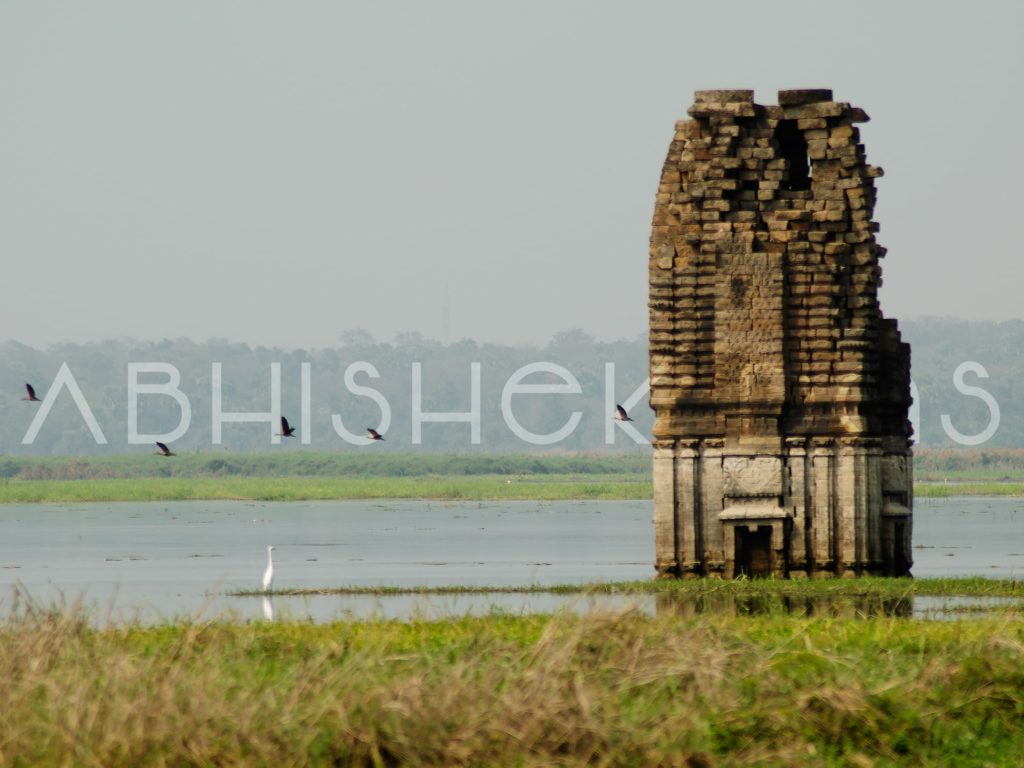
Telkupi village is well known for its half immersed temple. The construction of Dam in 1959 at Panchet by DVC led to the disaster for the historical temples. It is located at a distance of 8km north-east of Ceheliyama in Raghnuthpur-II block. According to an Armenian-Indian archaeologist Joseph David Belgar, there were twenty finest temples made of bricks and stones in a confined area. Due to the frequent release of water from the Panchet dam the area is now converted into a swampy field. The two temples are visible that are half-submerged into marshy land.
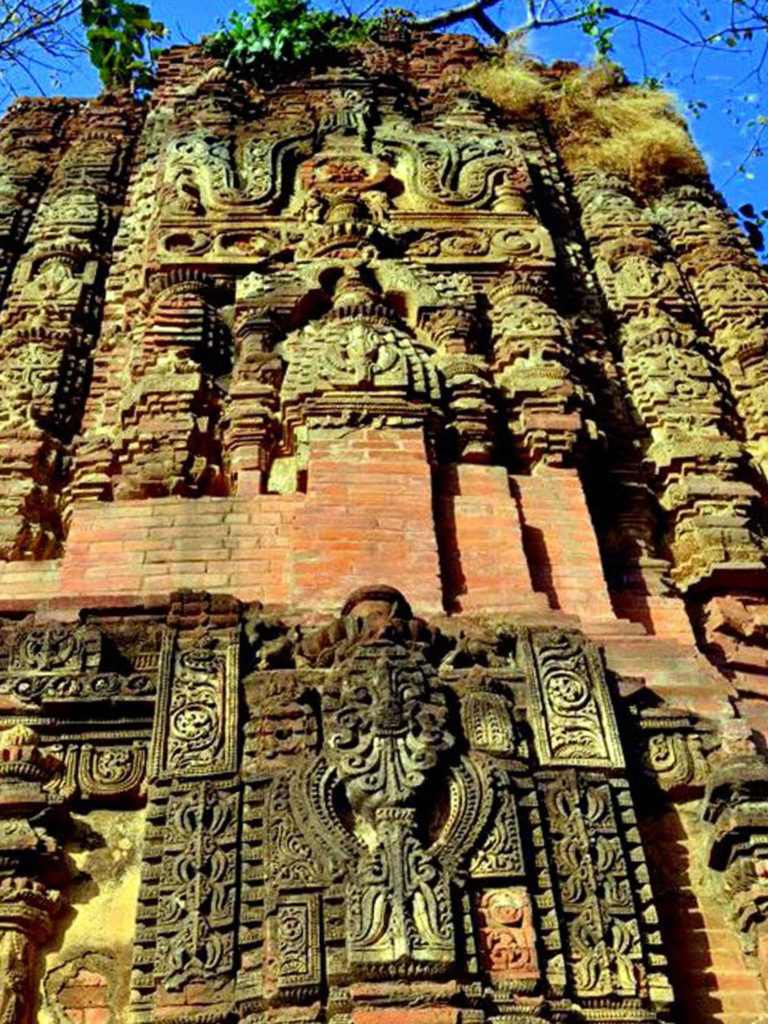
These temples around Telkupi village were divided into three clusters with an architecture similar to that of Banda Deul. The deserted area with a vast lake is also a perfect place for bird watchers. I was accompanied by one of my friends from Purulia town for this trip. We entered our destination in GPS for the Telkupi Temples which is at a distance of almost 53kms from the town. GPS was working well though we reached a few dead ends, with the help of local guides, we crossed the barriers.
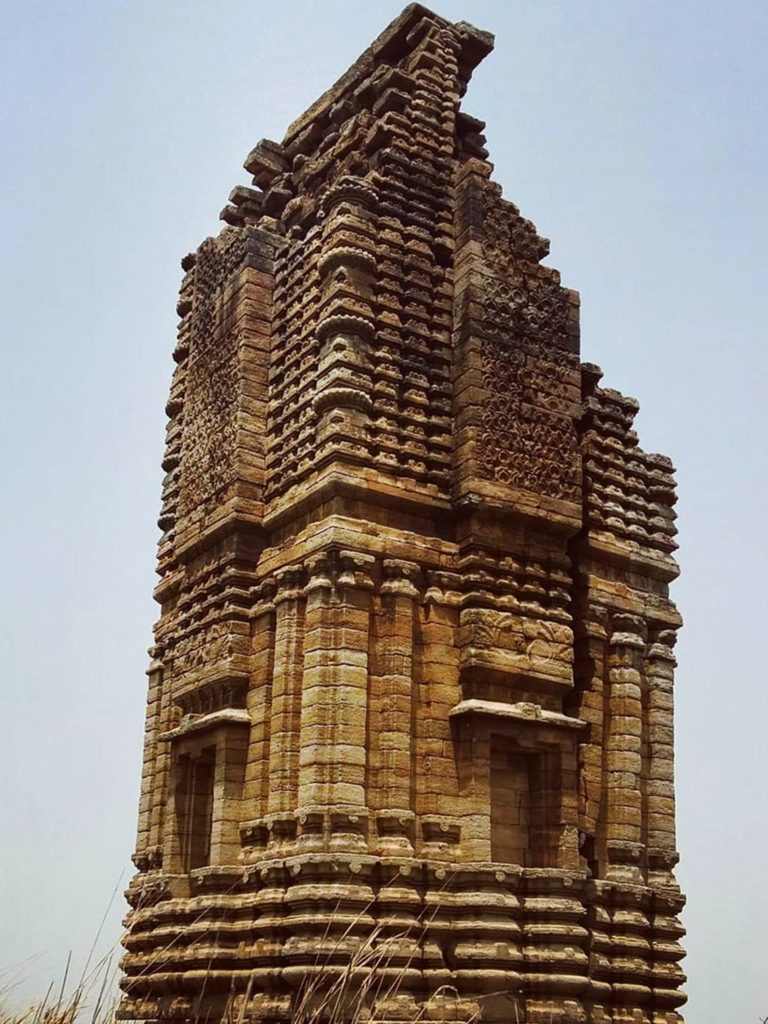
We left the main road and followed the shortcut route as shown. The longer route might have taken the same time as the village roads are tough to drive. It took two hours to reach the secluded part of the lake. The vast lake covered with wild aquatic plants and a view of the submerged temple will leave you speechless. It is a bit difficult to reach near the monument but a distant view in silence with no living soul around and the great species of bird will not let you leave the spot.
Banda Deul
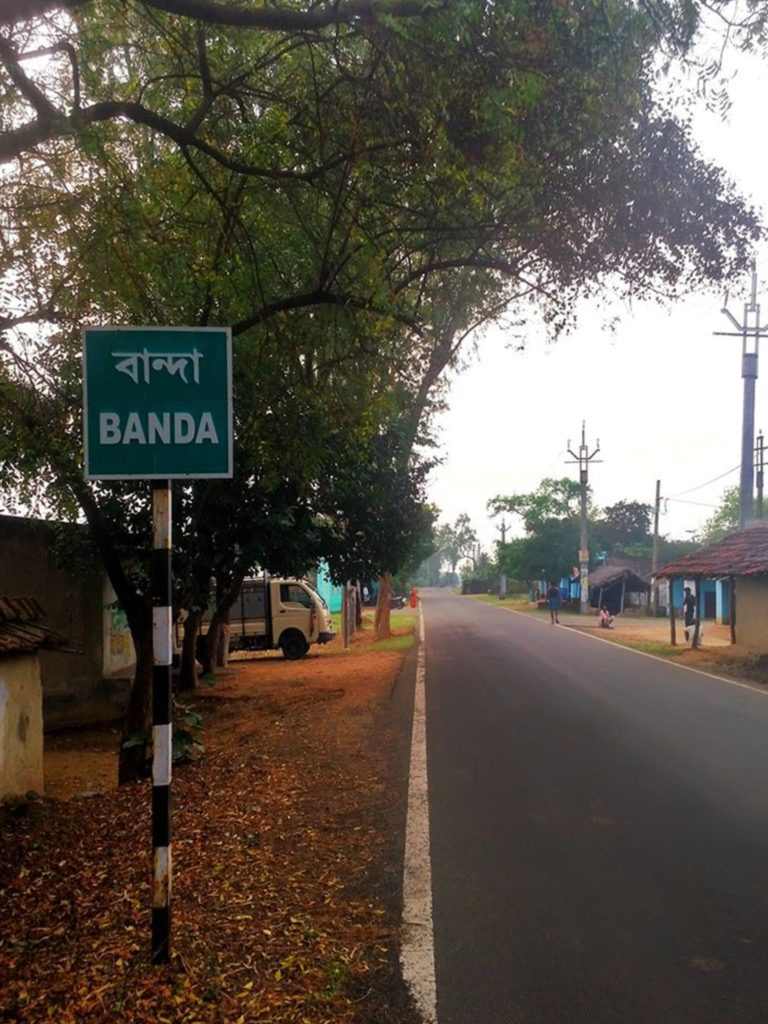
Our next destination from Telkupi was 16kms towards Banda and 36km from Purulia. The temple of Banda is the finest stone structure found in Purulia. The stone of the temple is incinerated with patterned carvings inspired from the Odisha style. The site is under the Archaeological Survey of India with despicable maintenance. As no inscription stone was found and badly defaced temple makes it difficult to identify as a Hindu or Jaina temple. The temple is surrounded by Palash trees. During Basant when flowers are in full bloom, it looks more spectacular.
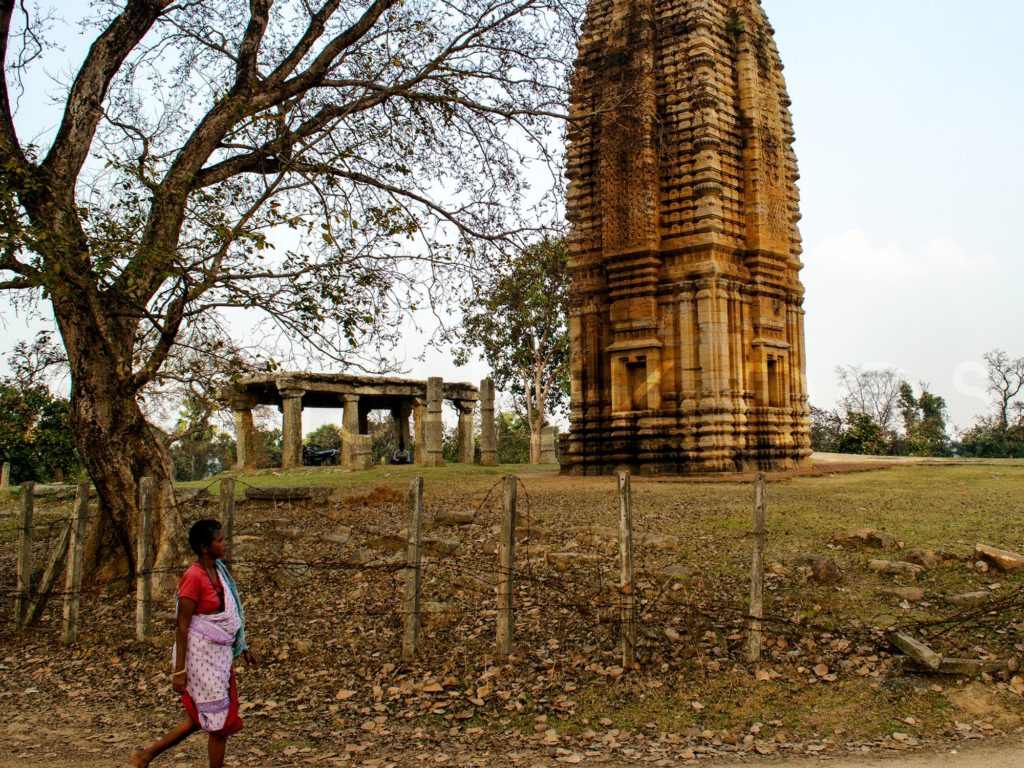
Four pillars porched with a roof of the stone slab is placed at the front gate of the temple. A solitary abandoned temple is special for those who are interested in Bengal’s history. With a new experience of bird watching, we moved for our next destination, Banda Deul. Crossing the narrow lanes of the small villages along the widespread fields took a bit more time. The final destination was showing a vast field covered with Palash trees. The heritage temple frozen in time was standing tall a little far inside the field.
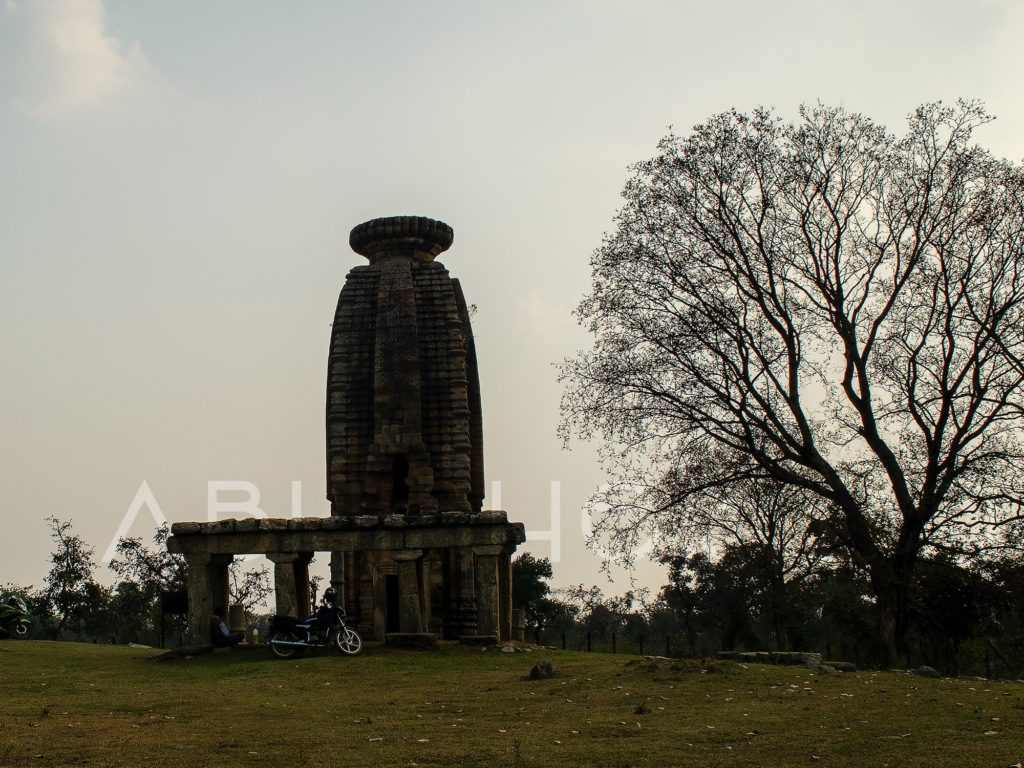
It has remained neglected by the authority. The broken boundaries around the temple allow the herd of cows to enter the premises. It’s the local people from the village who have initiated to preserve our heritage. The change in weather has deceived me to refrain the full bloom Palash flowers. The temple, a masterpiece of the era, the huge stone blocks carved with artistic sculptures and the huge door of the temple, is mostly overlooked by the tourists.

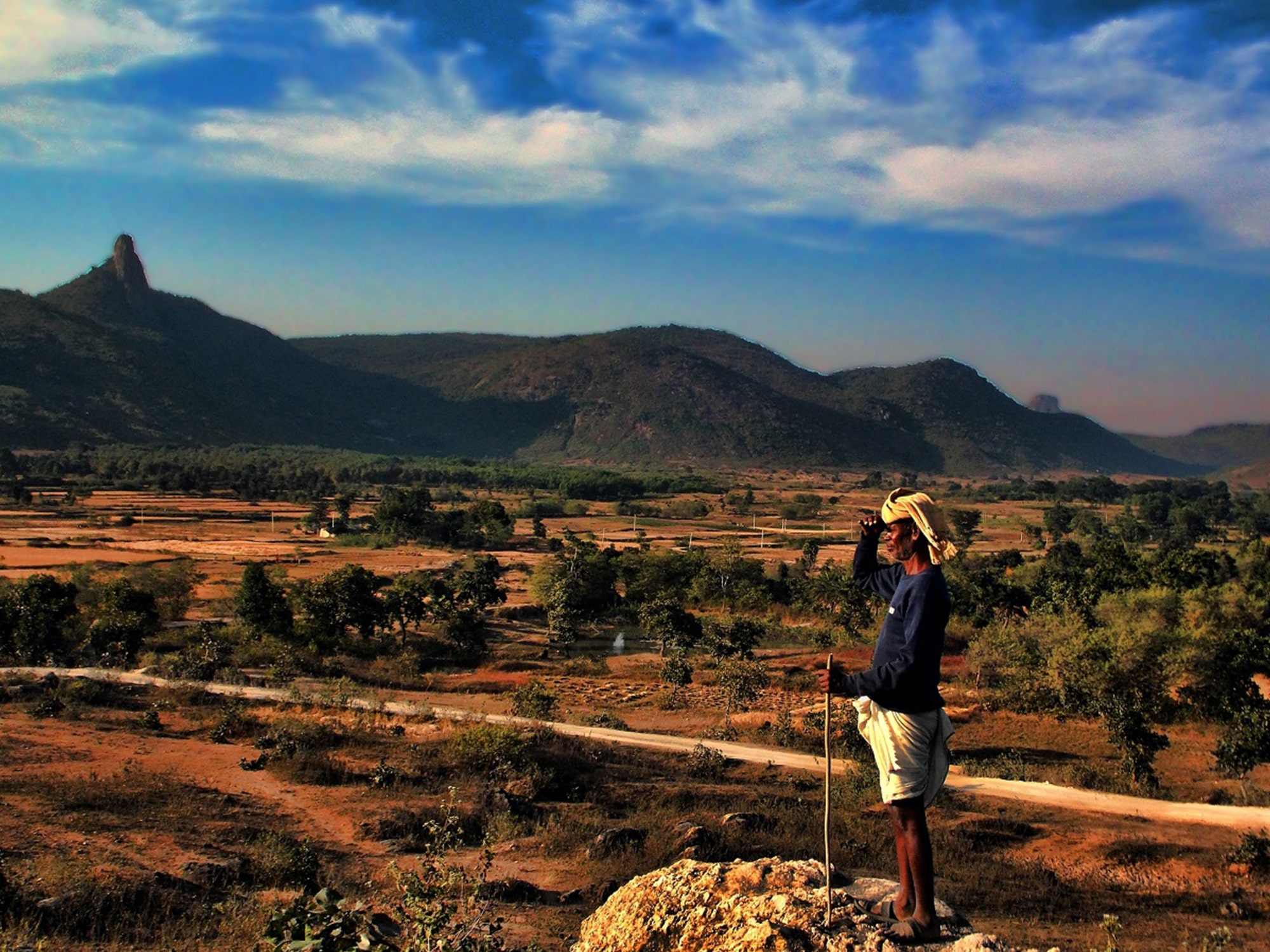
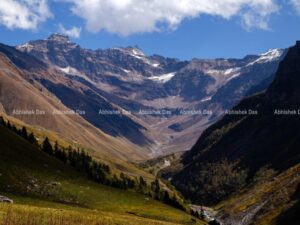
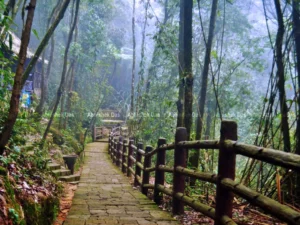
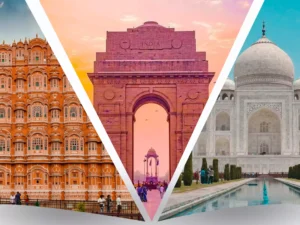
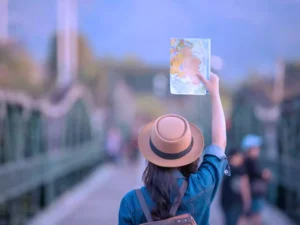

Sadly the authorities concerned did not or rather don’t even take measures to preserve them properly & bring in the tourism map. Cudos to this site for bringing in public domain.